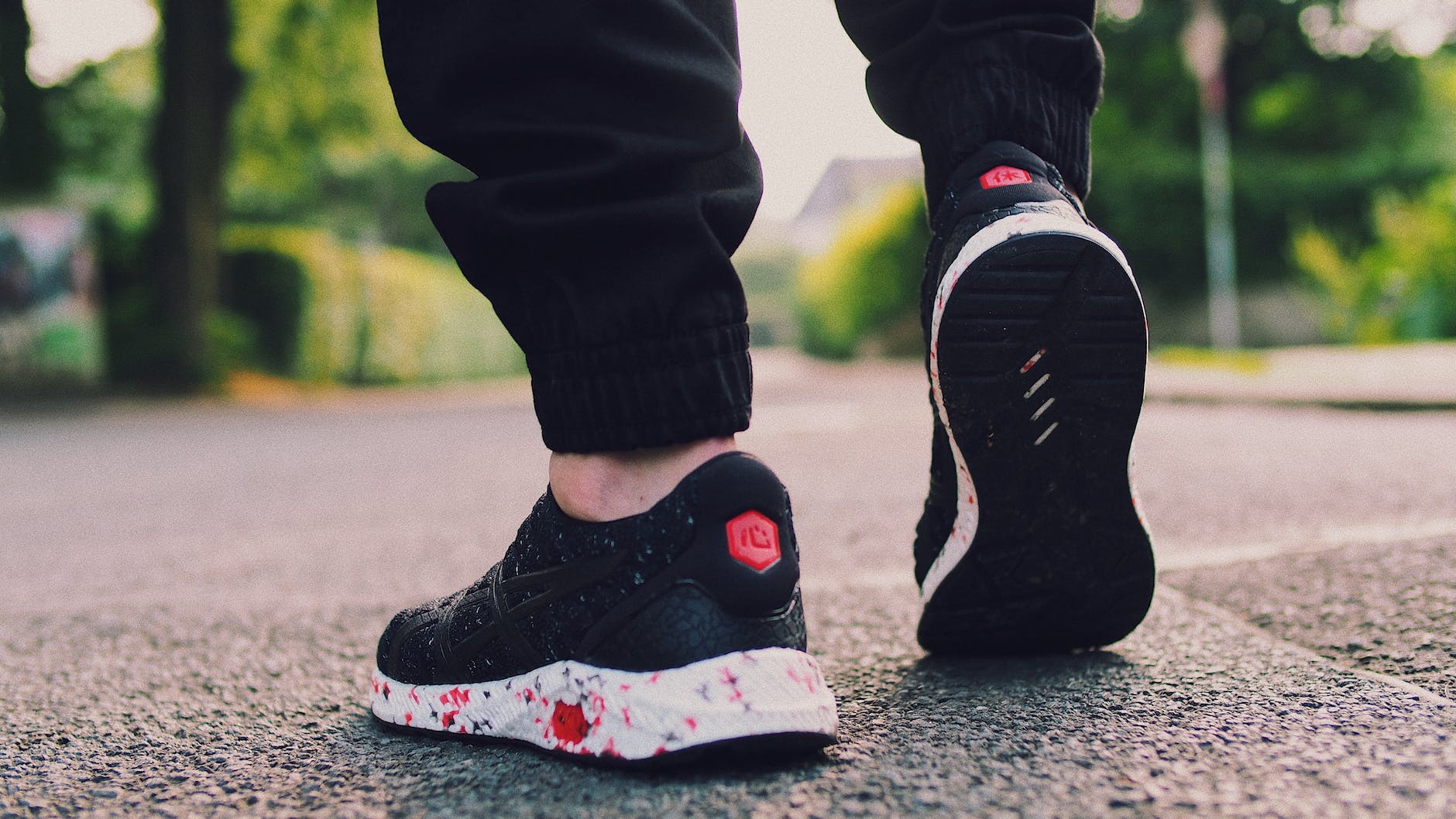
Running Shoes
You can enjoy a lot of support, flexibility and durable service from the right pair of running shoes, regardless of how you run.
The categorization of your running shoes, when it comes to the 5 main groups – namely trail, stability, motion control, lightweight and cushioning – determines how much of the above you get. Read on to find out more and visit Orthoticshop for a full range of running shoes.
Running Shoes For Motion Control
Any runner who normally overpronates is best suited to using motion control running shoes. Considered to be the most rigid type, they are designed to provide extra shock absorption, improve your gait cycle and control or reduce excessive foot rolling action.
Running Shoes With Cushioning
If your feet do not roll overly roll outward, or roll inward enough, also referred to as under-pronation, cushioning is important. All the shock that would otherwise be pushed up your backbone through your joints is absorbed by the foot with the help of the rolling motion.
By somewhat mimicking the natural process, cushioned shoes are created to reduce shock.
Stability Shoes For Running
Designed to provide the perfect middle ground between cushioned and motion control shoes, stability shoes are long lasting, while providing medical support and cushioning. Without restricting movement by a huge degree, these shoes are designed to prevent excess motion of the wearer’s foot.
Lightweight Shoes For Running
Normally lighter and more flexible as a result, these shoes are exactly what the name suggests. Combining the best of the minimalist approach to shoe design – using features like a mesh upper to reduce weight and make it feel like you are not wearing any shoes – lightweight shoes more flexible cushioning and reduced weight. In addition to be highly comfortable, these shoes reduce discomfort and fatigue after runs.
Shoes For Trail Running
Suited for use on all types of rugged surfaces, including fell, soft pack, hard pack or any combination, these shoes come with a unique design. Some of the common features of these shoes include lugged rubber outsoles, mid-foot wraps and Gore-Tex liners among others. To safeguard your foot and also ensure comfort during extended runs, these shoes come with durable uppers and tend to wear harder.
It is worth mentioning that the main focus of trail running shoes tends to be the level of grip offered. The outsole tends to change from shoe to shoe, even though they are all neutral runners. A lower profile outsole provides a swifter response to dynamic terrain, while a deeper tread offers stability and traction on uneven and slippery surfaces.






